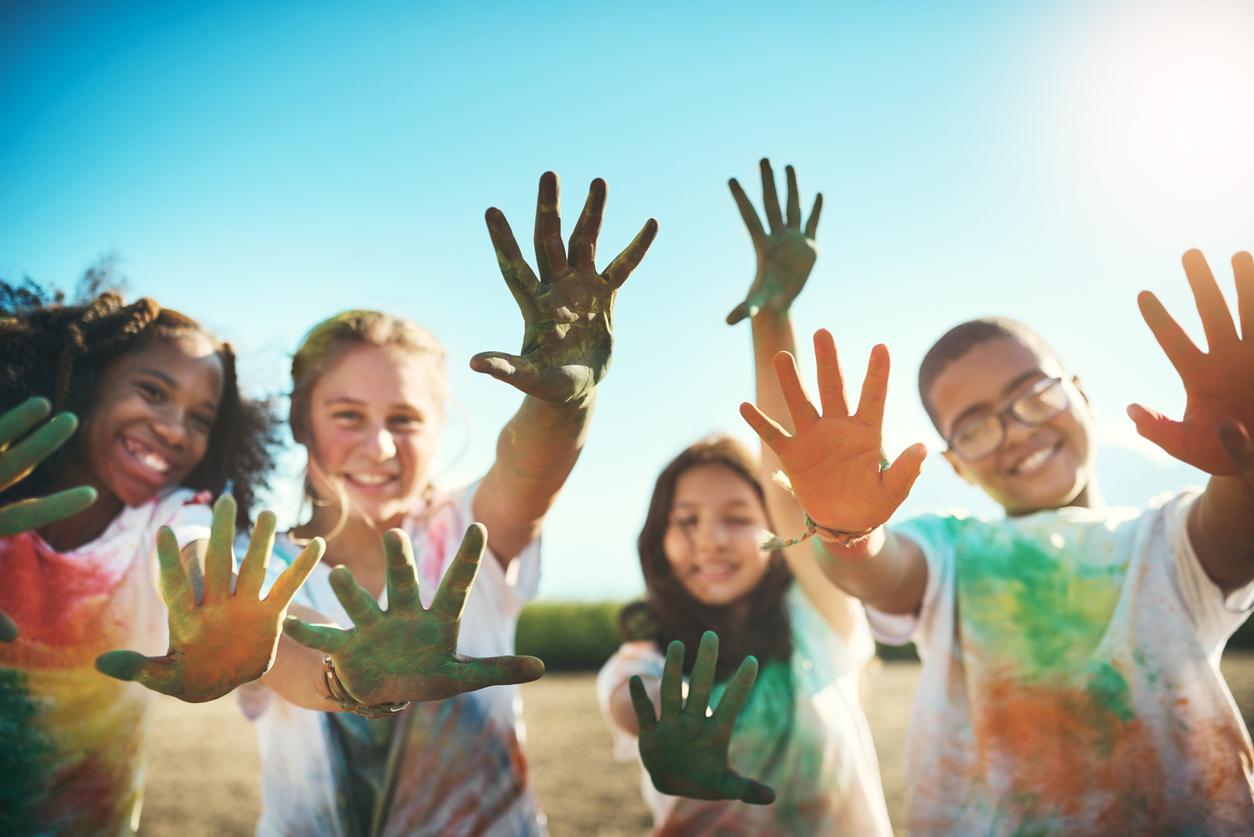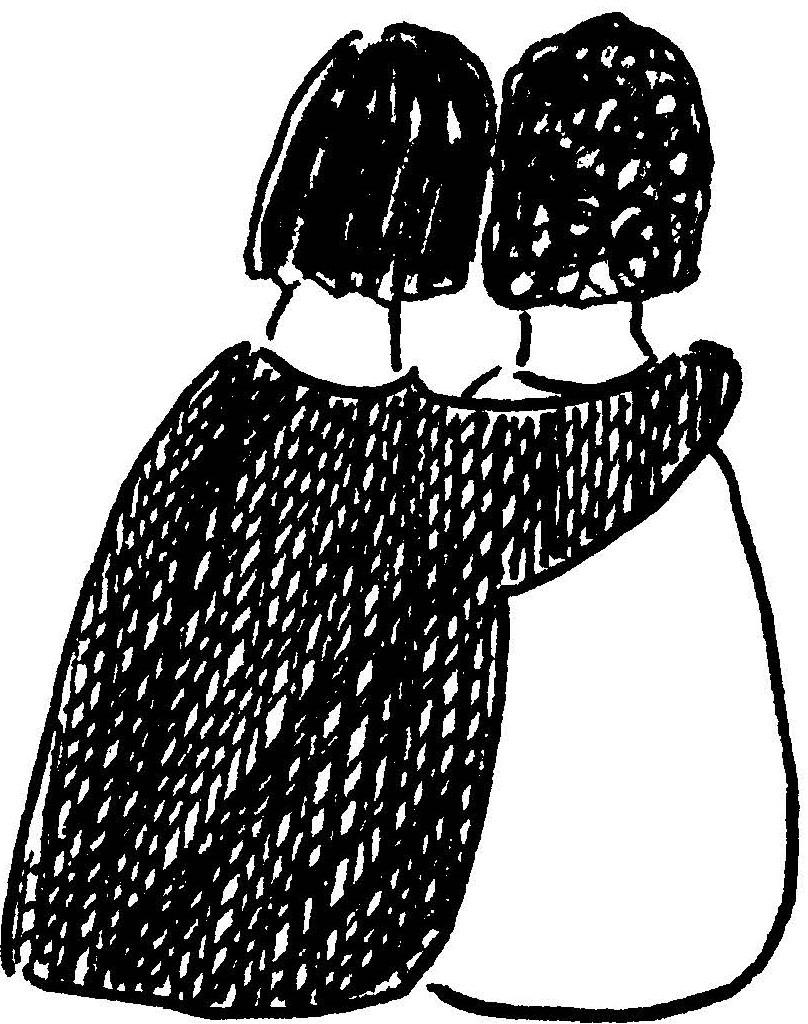Gender identity

Understanding gender and gender diversity
It is common for people to confuse sex, gender, and sexual orientation, but they are all very different things.
When a child is born they are usually assigned to be either male or female based on the baby's external genitals – whether they have a penis or a vulva.
This is referred to as their sex assigned at birth and is usually listed on the child's birth certificate.
Some people call the sex assigned at birth ‘biological sex' but this does not fully capture the natural variations that can occur in chromosomes, hormones and sexual organs.
Gender is about how someone's see themselves in regard to male, female or another gender. It is not for other people describe or label them.
Someone's gender can be the same as the sex assigned at birth (e.g. when a child's gender is a girl and their sex assigned at birth is female).
This is referred to as being cisgender.
For some people their gender is different to their sex assigned at birth (e.g. when a child's gender is a boy and their sex assigned at birth is female). This is often referred to as being transgender.
Some people's gender does not align with male or female, and may identify as non-binary, gender diverse or agender.
Some common terms
Cisgender
Used to describe someone whose gender and sex assigned at birth match.
Transgender
When someone's gender does not match their sex assigned at birth. Some people use the term gender diverse or sometimes it is shortened to 'trans'.
It has been estimated that between 1.2% and 4% of young people in Australia are gender diverse or transgender.17 18
Trans man
Someone whose gender is male and their sex assigned at birth is female. Sometimes also called 'transgender man'.
Trans woman
Someone whose gender is female and their sex assigned at birth is male. Sometimes also called 'transgender woman'.
Non-binary
People whose gender are not male or female may use the term non-binary. They might describe their gender as having a third gender, no gender or something else.
Queer
Queer can be used as an umbrella term for people who are same-sex attracted or gender diverse.
This term has previously been used to be insulting and hurtful so some people can find it offensive.
It is best to only use this term if someone has used it for themselves first (and they are happy for other people to use this term).
Limiting stereotypes
Many cultures recognise and celebrate multiple genders and have a broader idea of gender beyond 'male' and 'female', and have done so for many centuries.
The way that people express their gender is unique to each person – what they wear, how they cut their hair, how they talk, walk and act.
Quite often the way that the world sees someone's gender is based on the stereotypes and expectations that society, media and culture have assigned to being 'masculine' and 'feminine'.
These stereotypes are limiting (and sometimes harmful) and do not accurately reflect real and normal human diversity and gender expression.
Gender expression
Almost all children begin expressing their gender identity at 2 to 3 years of age through their preference for particular clothing, toys and interests.
If these expressions do not fit stereotypes and expectations, it may be worrying to parents, but this is a normal part of development.
It may be that your child is role playing (which is a normal part of healthy childhood play) or it may mean that your child is simply not conforming to rigid gender stereotypes (which is also perfectly normal).
This is part of the natural spectrum of human diversity.

Did you see that article about the student who is transgender and how the school support her in her transition?
How do you think your school would respond?